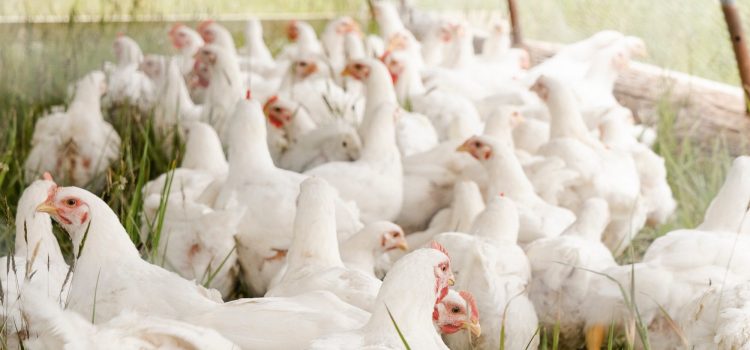
Introduction: The Race to Save America’s Chickens
Poultry is a significant part of the American diet, with chicken being the most popular meat. The U.S. poultry industry is worth $38 billion and employs over 300,000 people. However, the industry is facing a major challenge in the form of avian influenza, or bird flu.
Bird flu is a highly contagious virus that can kill chickens within 48 hours. It poses no threat to humans, but it can be devastating to the poultry industry. In 2015, bird flu led to the death of more than 50 million chickens in the United States. The virus has since been detected in Europe, Asia, and Africa.
Vaccination is seen as the best way to protect chickens from bird flu. However, there are challenges to vaccinating chickens on a large scale. First, there is no single vaccine that is 100% effective against all strains of bird flu. Second, it can be difficult to administer vaccines to chickens in a way that ensures all birds are vaccinated. Finally, some fear that widespread vaccination could lead to the development of drug-resistant strains of bird flu.
The poultry industry is working closely with government officials and scientists to find a solution to the bird flu problem. Vaccination may not be perfect, but it may be the best option available to protect America’s chickens from this deadly virus.
What is causing the decline in the chicken population?
The chicken population in the United States has been in decline for several years. There are a number of factors that have contributed to this decline, including the increased use of antibiotics in chicken feed, the expansion of the chicken industry into developing countries, and avian influenza.
In recent years, there has been an increase in the use of antibiotics in chicken feed. Antibiotics are used to prevent chickens from getting sick and to help them grow faster. However, the overuse of antibiotics can lead to the development of antibiotic-resistant bacteria. These bacteria can spread to humans and cause serious illnesses.
The chicken industry has also expanded into developing countries, where there is less regulation around the use of antibiotics and other poultry products. This has led to an increase in the number of chickens that are raised in unsanitary conditions and exposed to potentially harmful chemicals.
Finally, avian influenza, or bird flu, is a virus that can infect both chickens and humans. Bird flu outbreaks have caused significant declines in chicken populations around the world. In 2015, an outbreak of highly pathogenic avian influenza H5N2 resulted in the deaths of more than 48 million chickens in the United States alone.
Is vaccination the answer?
The poultry industry is in the midst of a crisis. A highly contagious and deadly form of avian influenza, commonly known as bird flu, has been sweeping through chicken farms across the country. In response, many farmers are resorting to mass vaccinations of their flocks in an effort to stop the spread of the disease.
The use of vaccines is not without controversy, however. Some critics argue that vaccination will only serve to delay the inevitable outbreak of bird flu, while others believe that it could potentially make the disease worse.
So far, there is no clear answer as to whether or not vaccination is the answer to this poultry crisis. However, with time and further research, we may find out if this method is truly effective in protecting America’s chickens.
How will this affect the chicken industry?
The poultry industry is worth billions of dollars to the U.S. economy, so any major disease outbreak among chicken populations could have devastating effects. That’s why many in the industry are watching the current avian flu outbreak in the Midwest closely.
While there is no vaccine available for this particular strain of avian flu, some experts believe that vaccinating chickens could be an effective way to prevent further spread of the disease. However, vaccination comes with its own set of challenges, including the possibility of reducing egg production and increasing costs for producers.
It’s still too early to tell how this current outbreak will affect the chicken industry, but one thing is certain: producers and veterinarians will be working hard to find a way to stop it from spreading any further.
What does this mean for consumers?
As the chicken industry looks for ways to save America’s chickens, vaccination may be the answer. Vaccination can help protect chickens from diseases, and it can also help reduce the spread of disease. This means that consumers can feel confident that their chicken is safe to eat.
Conclusion
Vaccinating chickens against avian flu is an important step to prevent the spread of these deadly diseases, but it will not be enough. Factors such as overcrowding, poor nutrition and general lack of maintenance must also be addressed to ensure a healthy flock of chickens in America. Until all elements are taken into account and corrective measures are put in place, we cannot hope for sustainable results when it comes to saving our nation’s chickens.









